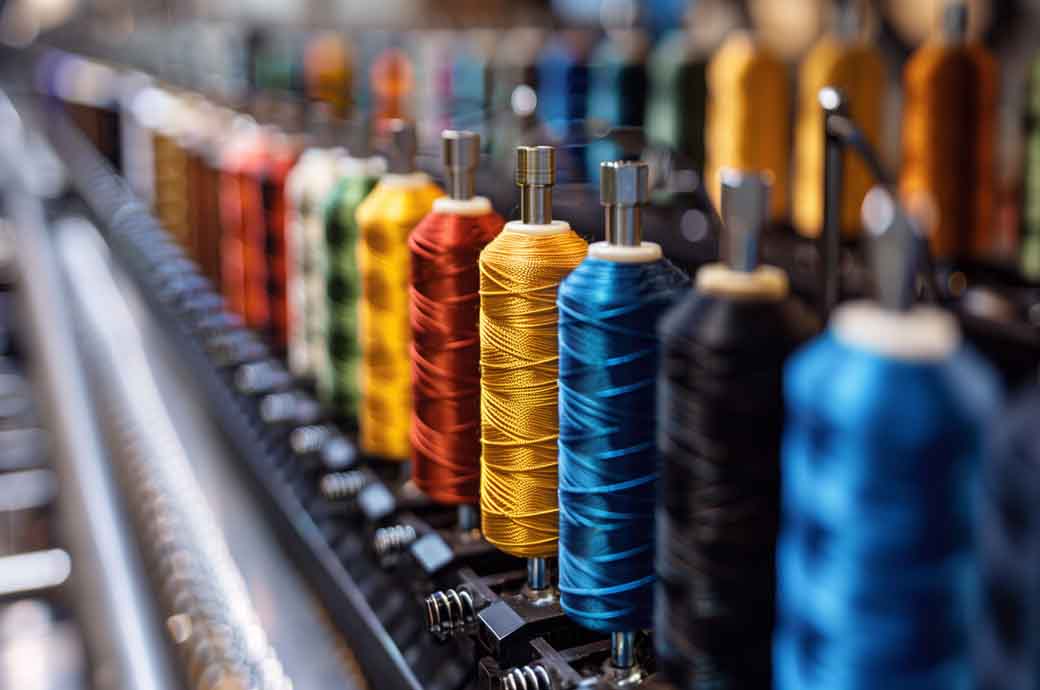Incoming new orders returned to growth, driving faster production expansion. This supported a stabilisation of employment, while inventory levels also increased.
Operating conditions in China’s manufacturing sector improved midway across Q3 2024, Caixin China PMI data show.
Overall confidence levels rose to a three-month high in August.
Better underlying demand conditions and promotional efforts underpinned the latest rise in new orders.
Vendor performance deteriorated in August and export orders were subdued.
Moreover, confidence about the outlook climbed during the latest survey period, a S&P Global release said. Higher demand led to a worsening of supply conditions. Price pressures eased amid some reports of lower raw material costs.
The headline seasonally-adjusted PMI—a composite indicator designed to provide a single-figure snapshot of operating conditions in the manufacturing economy—rose to 50.4 in August, up from 49.8 in July.
Rising past the 50 neutral mark, the latest data signalled that conditions in the manufacturing sector improved following the brief deterioration in July. The rate of improvement was only marginal, however.
Manufacturing production expanded for a tenth successive month in August, led by firms in the consumer and intermediate goods sectors. Although modest, the rate of growth accelerated from July’s low as incoming new orders returned to expansion.
Better underlying demand conditions and promotional efforts underpinned the latest rise in new orders.
Export orders were subdued, however, falling marginally for the first time in the year-to-date amid reports of deteriorating external conditions, the release said.
The improvement in overall demand led to a stabilisation of staffing levels following an 11-month period of decline with some firms taking on additional staff to cope with ongoing workloads.
Stocks of finished goods also increased with anecdotal evidence suggesting that delays in outbound shipments contributed to the rise in post-production inventory holdings.
Indeed, vendor performance in China deteriorated in August. Lead times lengthened at a slightly faster pace in August amidst supply and transportation constraints.
Some relief on price pressures was observed with average input costs falling fractionally for the first time in five months.
Survey respondents often linked the decline to the lowering of raw material prices. In turn, Chinese manufacturers reduced their selling prices, with some firms indicating offering discounts to remain competitive.
Overall confidence levels rose to a three-month high. Firms grew more optimistic that improvements in economic conditions and business development efforts will bear fruit in the year ahead.
Fibre2Fashion News Desk (DS)


